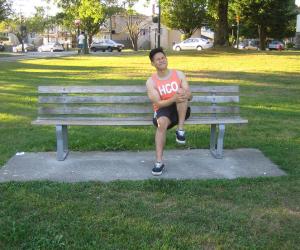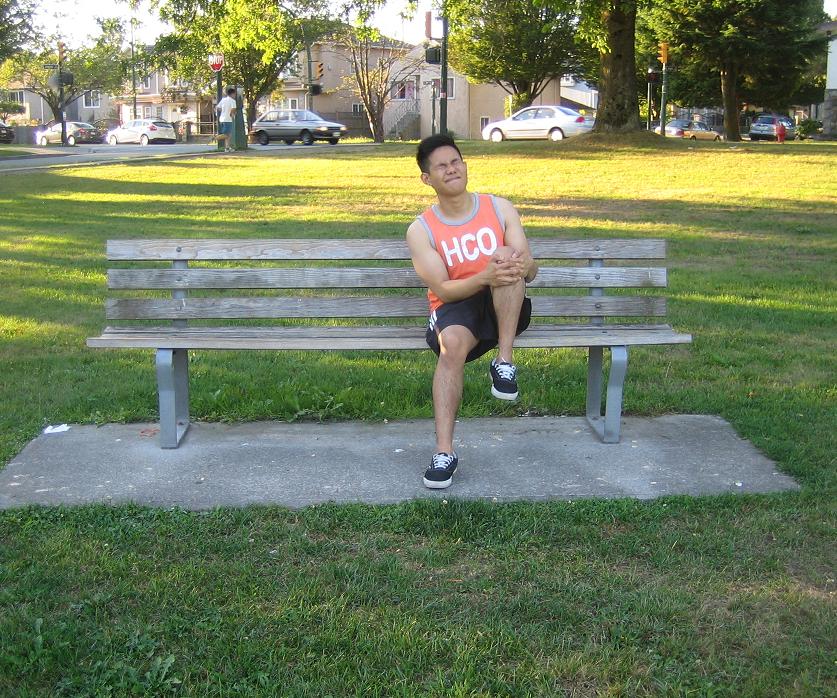Patellofemoral arthritis typically affects the kneecap or patella. It can cause pain in the front part of the knee and make it difficult for an individual to kneel and climb stairs. It is important to note that patellofemoral arthritis develops if the articular cartilage throughout the trochlear groove and on the base of the patella degenerates and ends up inflamed. Once the cartilage wears out, it ends up frayed and if the deterioration is severe, the underlying bone might be exposed.
Possible causes
Fractured kneecap
The fracture often damages the articular cartilage covering and protecting the underside of the bone. Although the damaged bone heals, the surface of the joint is no longer level. There is friction or resistance once the patella passes against the joint surface of the femur.
Dysplasia

Dysplasia develops once the patella no longer fits in the trochlear channel of the femur. As the knee shifts, there is increased stress on the cartilage which wears it down.
What are the indications?
The characteristic symptom of patellofemoral arthritis is pain. Since the patellofemoral joint is positioned in front of the knee, there is pain in this region. The pain might be present even while at rest or without activity. In most cases, though, it is triggered by activities that place pressure on the kneecap such as squatting, kneeling, climbing stairs and getting up from a low chair.
Additionally, there is a crackling sensation or crepitus when the knee is moved. This is oftentimes painful and can be loud enough to be heard by others. If in the advanced stage, the kneecap might end up stuck or “catch” if the knee is straightened.
Management
The management for patellofemoral arthritis is strikingly like knee arthritis in general. Most cases can be managed without surgical intervention such as the following:
- Non-steroidal anti-inflammatory drugs (NSAIDs) such as naproxen, aspirin and ibuprofen can minimize both pain and swelling.
- Exercise can reduce stiffness and strengthen the muscles that support the knee. Those who have patellofemoral arthritis must avoid activities that strain on the front part of the knee such as squatting.
- Modifications with activities by avoiding those that trigger symptoms such as climbing stairs.
- Cutting down weight can reduce the stress placed on the knee and makes it easier to move.
- Physical therapy which includes specific exercises can improve the range of movement of the joint.
- Cortisone injections are directly injected into the knee to reduce the inflammation.
- Viscosupplementation involves the injection of substances into the joint to improve the quality of the joint fluid.

